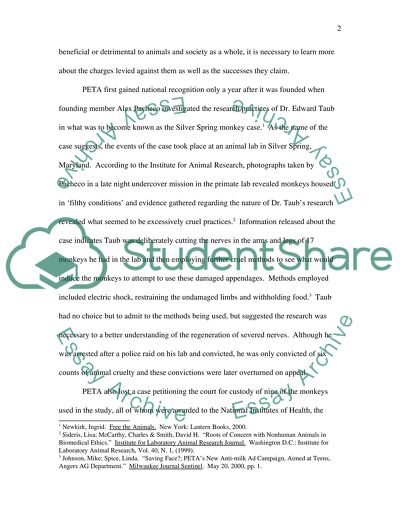Cite this document
(“PETA (People for the Ethical Treatment of Animals) Essay”, n.d.)
PETA (People for the Ethical Treatment of Animals) Essay. Retrieved from https://studentshare.org/miscellaneous/1543280-peta-people-for-the-ethical-treatment-of-animals
PETA (People for the Ethical Treatment of Animals) Essay. Retrieved from https://studentshare.org/miscellaneous/1543280-peta-people-for-the-ethical-treatment-of-animals
(PETA (People for the Ethical Treatment of Animals) Essay)
PETA (People for the Ethical Treatment of Animals) Essay. https://studentshare.org/miscellaneous/1543280-peta-people-for-the-ethical-treatment-of-animals.
PETA (People for the Ethical Treatment of Animals) Essay. https://studentshare.org/miscellaneous/1543280-peta-people-for-the-ethical-treatment-of-animals.
“PETA (People for the Ethical Treatment of Animals) Essay”, n.d. https://studentshare.org/miscellaneous/1543280-peta-people-for-the-ethical-treatment-of-animals.


